The average tasting room tasting fee in Napa is $128 for a “reserve tasting” and $81 for a “standard tasting”. The average suggested retail price of a bottle of Napa wine is $108. These astonishing numbers come from the 2023 Direct to Consumer Wine Survey by the Silicon Valley Bank. They position Napa as far more expensive to visit and to drink than any other wine region in the USA, and probably in the rest of the world too. Is Napa Valley pricing itself out of the market for wine and for wine tourism or are these fees long-term sustainable?
The 2023 Direct to Consumer Wine Survey by the Silicon Valley Bank is based on a survey so it is not necessarily scientifically exact numbers, but it is still astonishing. Napa Valley is very expensive both to visit and to buy the wines from. Direct-to-consumer (DTC) sales are increasingly important in the US. These sales are, of course, to a large extent done on-line or “off-line” through mail-order. But some of it is also done at the cellar door, hence the importance of the wine tourism numbers. Rob McMillan, author of the report, notes that today DTC sales are almost 75% of the average winery’s sales, compared to only half ten years ago.
This is a longer version of an article published on Forbes.com.
Tasting room fees
The survey focuses on all aspects of direct-to-consumer sales, and one important DTC channel is winery visits, or, as it is usually labelled in the US (and in this report), “tasting room” visit. Perhaps that’s a sign of that most visitors don’t much care about visiting the wine cellar or taking a look in the vineyard and instead just want a glass (or two or three) of wine and to do some shopping?
In 2012, just over a decade ago, the picture was different. Almost 25% of wineries nationwide did not charge any tasting fee at all. The average Napa tasting fee was $22 and the national average was $8.50. How times have changed.
Tasting room visits declined significantly during the covid years, but the most dramatic shift since the pandemic began is the move from “walk-in” (without appointment) to “by appointment”. Here again, Napa stands out, followed to some extent by Sonoma. Over 60% of wineries in Napa do not accept walk-in visits; you have to pre-book. In Sonoma, the number is almost 50%. The other regions are much more open to visitors without a pre-booking.
There used to be a time when you could go to a winery or a tasting room and pay only a nominal charge or even nothing at all. This is no longer the case, at least not in the US. (It is still fairly common in some regions in Europe.) Here again, Napa stands out, being, by very far, the most expensive. According to the SVB survey, the average tasting fee for a “reserve” (premium) tasting in Napa is $128 (or for a standard tasting, “only” $81).
From an international perspective, this is an extraordinary price level, almost unheard of. I can’t help wondering if visitors feel they get value for money with these tasting fees. We (BKWine Tours) do winery visits in many different wine regions across the world on three continents (although not in the US). Some rare wineries approach or even surpass the average Napa tasting room fee. But that’s extreme cases. No region is even close to having an average fee even close to Napa. Is Napa simply the world’s most expensive wine region for wine tourist? It seems so.
Sonoma follows with an average reserve tasting fee of $72 and the standard one at a comparatively affordable $38. For the other regions, the reserve fee ranges from $20 to $61, and the standard one from $14 to $34.
The survey does not touch on the subject of what is included in the fee. In many other parts of the world, a winery visit would often include both a tasting and a visit to the winery and perhaps even to the vineyards. In many European regions, you would also stand a good chance of meeting the winemaker or the owner (especially if you travel with BKWine), who might even conduct the tasting and show you around. I doubt that is the case in Napa.
In the report, Rob McMillan notes, “a few wineries have stopped charging fees altogether, which may signal the end of the tasting fee arms race.” However, I suspect that those wineries only receive very few visitors and the ones that they do open their doors for are very special guest, maybe only their biggest customers. I doubt that the free tasting room visit or free winery visit for all is coming back to Napa.
Tasting room sales
As noted at the beginning of this text, a substantial amount a winery’s sales is today done at the cellar door (i.e. directly at the winery). The sales numbers in the survey confirms this.
If Napa collects the most money for the tastings, the same goes for the tasting room purchases, the bottles that the visitors carry home. Here, the gap between Napa and all the others is even greater, with Sonoma a distant second. The average shopping basket at a Napa winery’s tasting room is almost $500 ($487.87) in 2022 (!!), approximately a 50% increase from the previous year (2021). This is almost a 200% increase of the value of a shopping basket over a decade.
Sonoma is at $235, and most other regions are around $160 on average for tasting room purchases. Clearly, it can be profitable to sell your wine at the cellar door.
An additional benefit is, of course, that the winery has a much higher margin on the sales at the cellar door. No distribution costs, no margins to share with others.
Wine tourism, travellers coming to the vineyard or tasting room for a visit, has become big business in Napa and, to some extent, also in the other regions. With over one thousand monthly visitors in Napa, an average winery generates substantial revenue from the visiting wine tourists.
Wine prices — Napa average bottle price is $108
The average price of a bottle of Napa County wine has now reached $108 ($107.79 to be exact), according to the survey. This is almost double the average price of a bottle of Sonoma wine, at $57.26. After these two regions, there is a group of wine regions that hover a bit above the $50 mark, although not quite in the order one might perhaps expect (in decreasing price order below):
- Santa Barbara
- Paso Robles
- Oregon
- Washington
At the bottom end of the scale, we have “other California” at $35 and Virginia at $32. And finally, the rest of the US at $26, less than a quarter of the Napa prices.
But one should perhaps be careful of interpreting these numbers too literally, as statistic “truth”. They are based on a survey with a total of 332 respondents (wineries), a quarter of which are in Napa. But even if it is not statistically rigid for all wines and all wineries, it clearly shows that Napa is far ahead of everyone else. When it comes to price.
A few things strike me, as an international observer, about these numbers. First, of course, the exceptionally high average price of Napa wines. I cannot think of any other wine region in the world that would fetch an average price on that level, just like no other wine region in the world charges similar visitors’ fees.
The other remarkable thing is the overall price level across all regions in the US. American wines are expensive, apparently. Even the lowest category, “other US”, comes in at an average price of $26.08. Few wine regions in other countries would come even close to that average price per bottle on a domestic market. One can understand if US wine would be struggling in export markets.
It also seems, surprisingly, that Oregon and Washington, two wine regions with a long tradition of premium wines and with a very prestigious international reputation, have been overtaken by Paso Robles and Santa Barbara.
Napa has become an astonishing success on the US wine scene, both for wine sales and for wine tourism. But is Napa Valley starting to price itself out of the market? After reading the Silicon Valley Bank Direct-to-Consumer Survey 2023, one might be justified to ask the question. One can only hope that the consumers feel they get value for money.
You can find more details on US direct-to-consumer wine sales in the SVB survey report here.
Why has this happened?
One can only speculate on why and how this has happened. Are Napa wines twice as good as everyone else’s and better than all other wines in the world? Of course not. Quality plays a role but it has mainly to do with other drivers of the wine market.
But this is not a question that is discussed much in the report. It would perhaps be an interesting business case for some business school professor to write up? Anyone feel up to it?

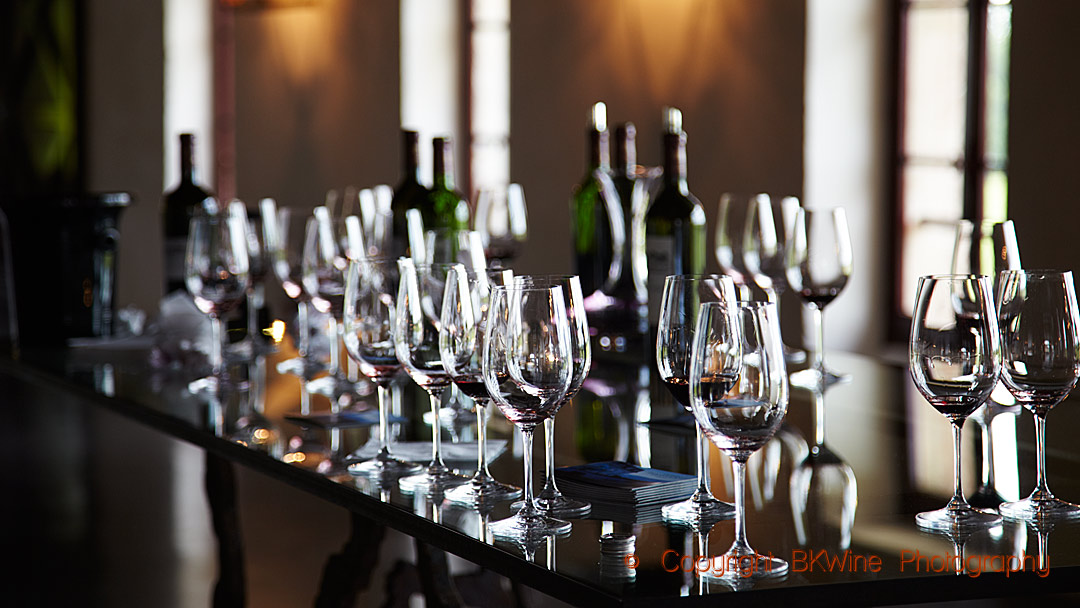
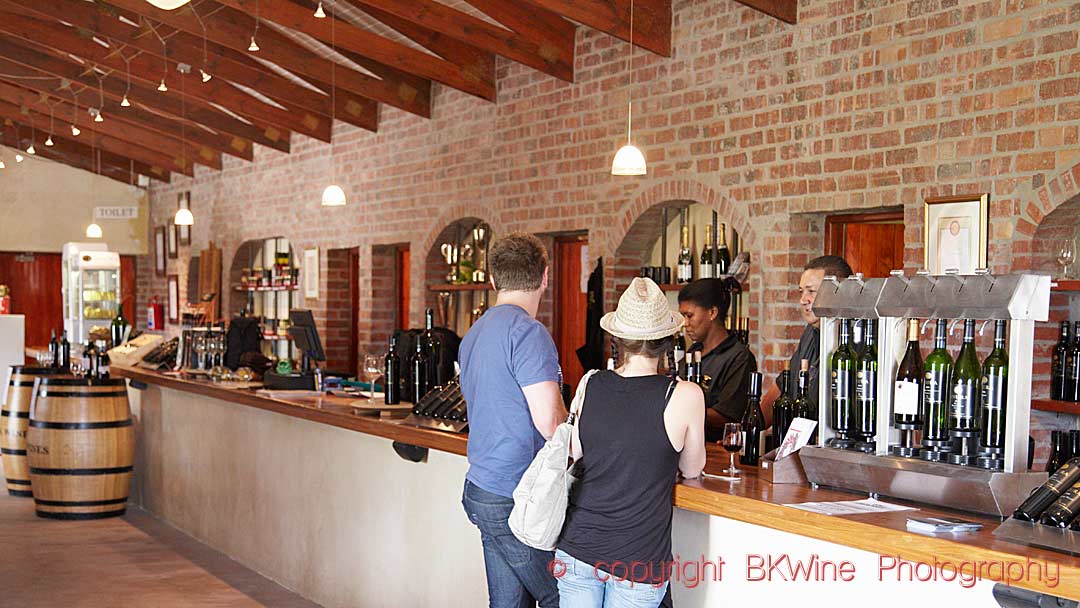
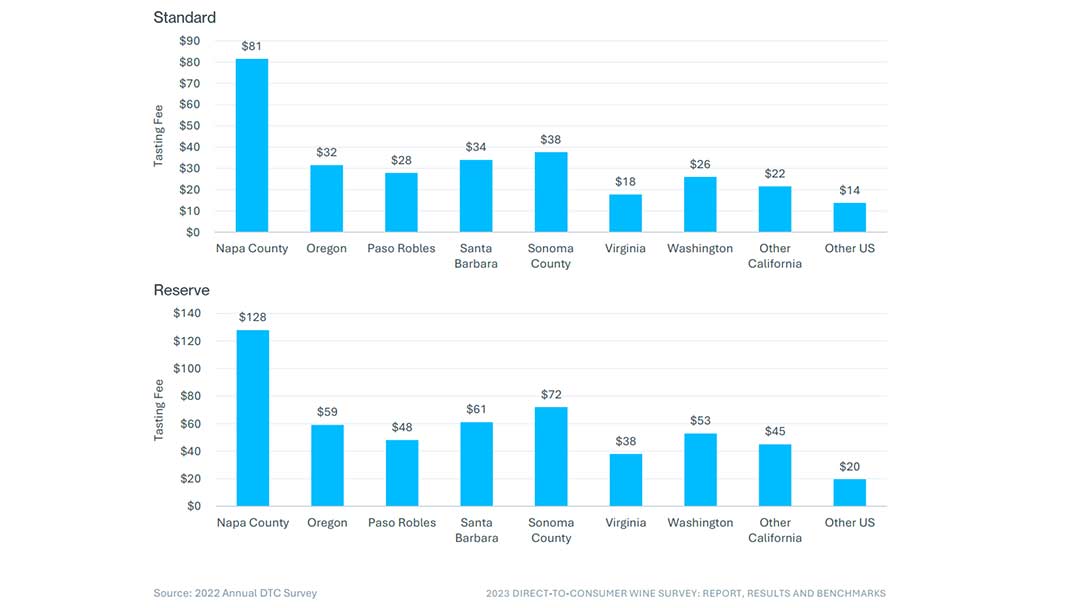
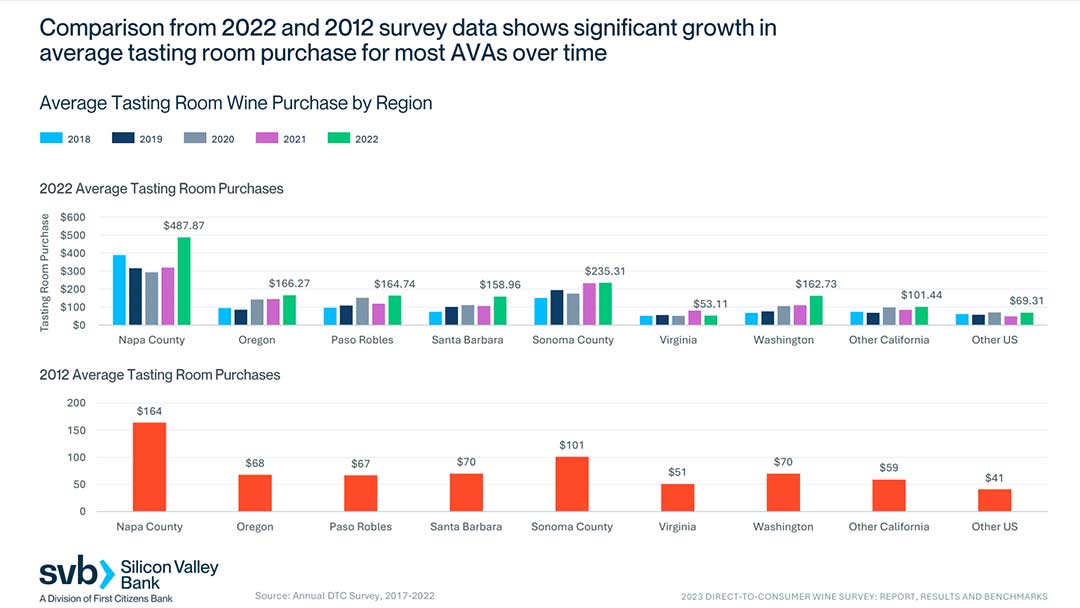
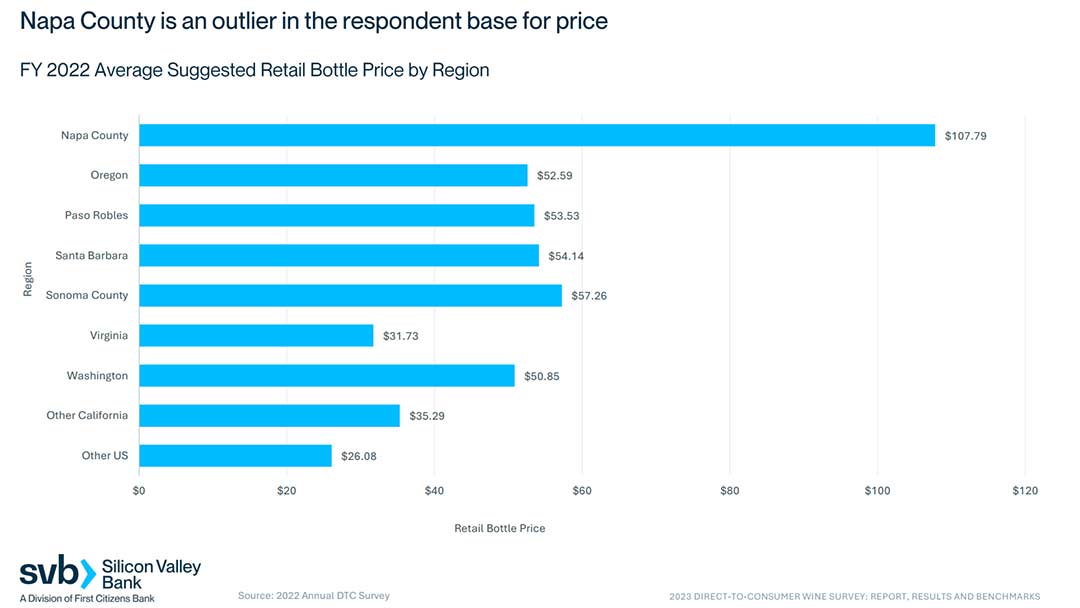
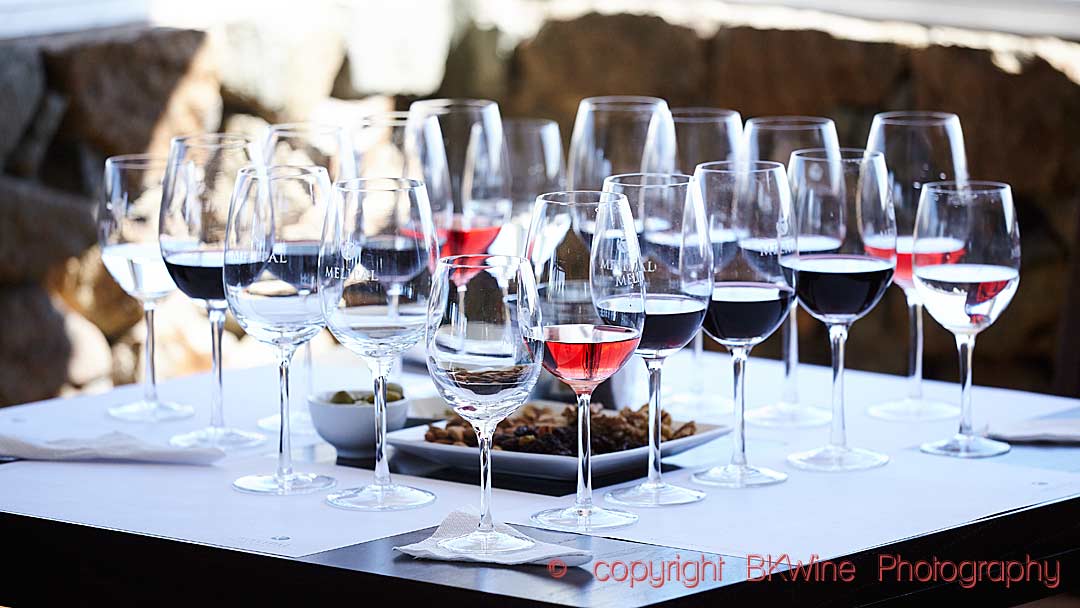
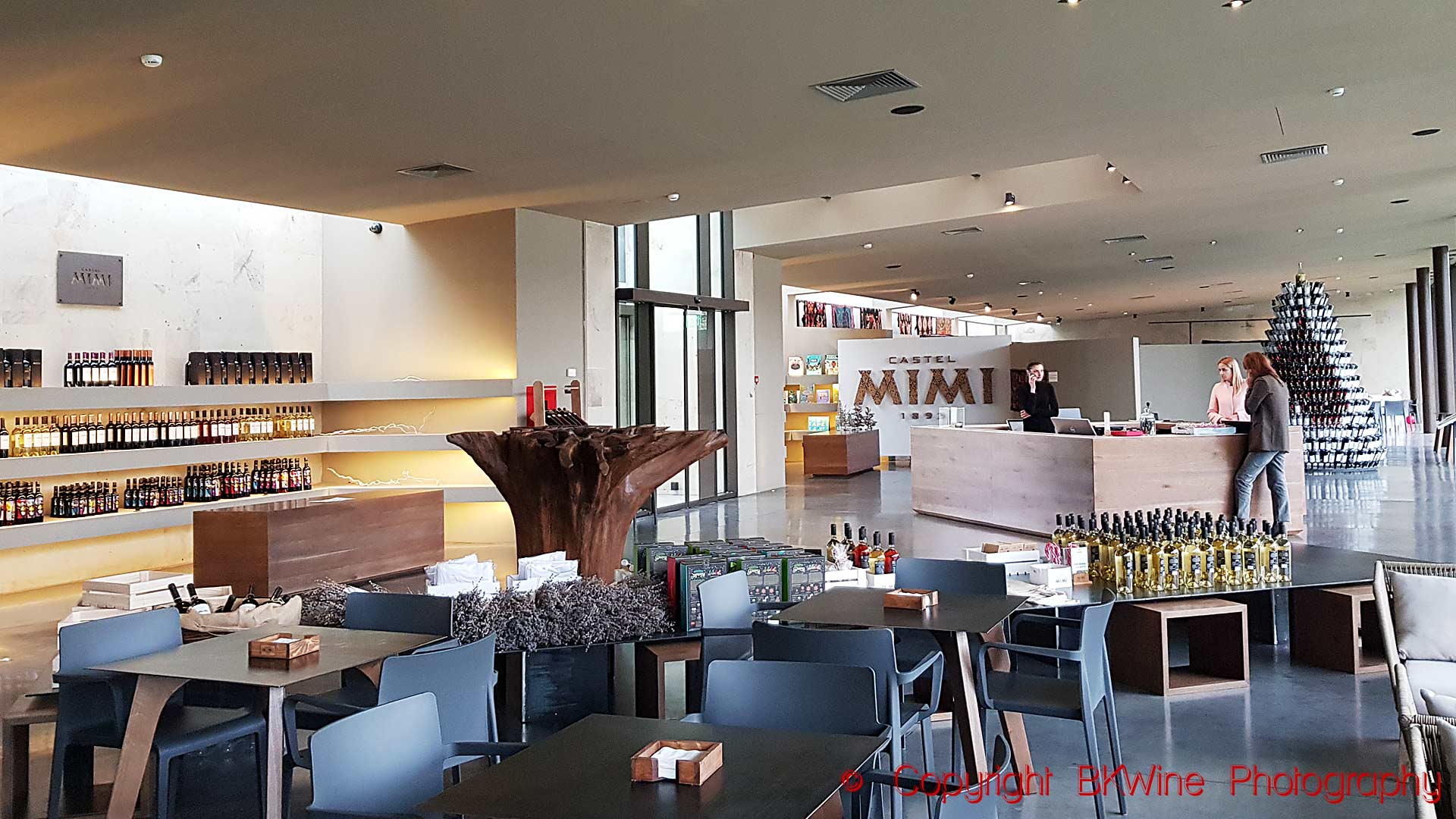

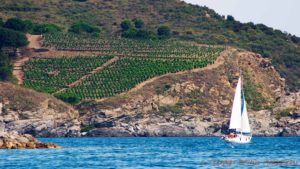



8 Responses
Napa is so misunderstood because of our success? If you have to ask why were expensive go elsewhere. Luxury handbags, water, vodka, Admission to disney, its because of supply and demand. Don’t worry about us were doing fine without those that cannot afford us. Just a simple fact of capitalism. Just turn left and go visit the amazing places in Sonoma or wooden valley. You want what others have. Not a dig on visitors but we are here to make wine unbelievably popular and deserve props for making something amazing happen. Come educate yourself on why our climate, soil and people make it happen where other fail
With all due respect, your response is a perfect example of why Napa is so out of touch of reality. Napa is not Burgundy where the supply is naturally constrained. Yes Napa makes fine wine but it doesn’t make better wines.
It has been riding the wave of the strong US economy for last 20-30 years, but the core domestic consumers of Napa wine are aging and they are stop buying allocations. New wave of wine drinkers which is already much smaller are priced out (again Napa makes fine wine but doesn’t make better wines, especially if you take price into consideration)
The true connoisseur who are price insensitive globally never really got into Napa for various reasons and the production quantity from Napa is too big for the niche top tier wine consumers to absorb.
So who will continue to buy Napa wine? (to be honest, it is a California wine problem in general).
You might not experience the problem if you run one of the few cult brands, but if you talk to more people in the industry, they are worried.
What a pompous entitled ass you are! How about a total boycott of your precious wine ?
You are not the only game in town ,what a
jagoff!!!!
Thanks for your comment, “Napa wine sales”.
But perhaps it shows the arrogance that is one of the aspects of Napa wine today? (Saying “if you’re not rich enough to buy Napa wine, don’t complain, go somewhere else where you can afford the wine”, does seem quite arrogant to me. And it certainly sounds like a dig at those visitors who find $120 a bit much for three sips at a glossy tasting room.)
I don’t think Napa is misunderstood. Quite the contrary. It is quite clear that Napa has been exceptionally successful in marketing and is now demanding prices that are among the highest in the world. It is also quite clear that those prices are not motivated by that Napa wines are much better than other wines but rather because they are, well, more famous. (Surely you don’t believe that Napa climate and soil is so unique in the world that it easily outranks everyone else?) It is similar with some other wines, for example, the famous big champagne houses demand a lot of money for their top wines, or the highest echelons of Bordeaux classed growths, or some of the grand crus of burgundy, the most famous Barolos, the celebrity super-tuscans, etc. For those, as for Napa, the price is not really motivated by the quality of the wine but by the text on the label. You can hardly argue the opposite.
Or, as you say, by supply and demand. Some people are prepared to pay what is demanded. Some wines have become such celebrities so they can demand almost any money since some many want their wines. The producers should of course be happy about that. And don’t mind that at all. If people want to pay that kind of money for a bottle of wine, fine with me. Good for them. I don’t mind. And people who care more about the actual taste of the wine has plenty of choice to find just as delicious wine for much less money elsewhere. Good for them too.
However, the question is certainly relevant, “is this sustainable?” There are always ups and downs. In the early 20th century Champagne was in a crisis. In the 70s, bordeaux wines were in the doldrums so that you could buy their wines cheaply, even buy entire (top) chateaux cheaply.
So, perhaps one should say to Napa, enjoy it while it lasts.
Napa has done a remarkable marketing job on rating their wines. 95-100 point wines will always be highly sought after but the smaller wineries will get swallowed up by investors or bigger wineries. The wine consumer is aging and dying and with the next generation drinking exotic beers and seltzers, the future looks bleak for all winemakers. I hope with this drop in demand will drop the prices too.
The problem is the grape growers are greedy and charging too much.
Is it? Hard to see how a price of $8 per kilo (so approx. enough to make a bottle) can inevitably translate into over $100 per bottle. (Even if it is a very hefty grape price.)